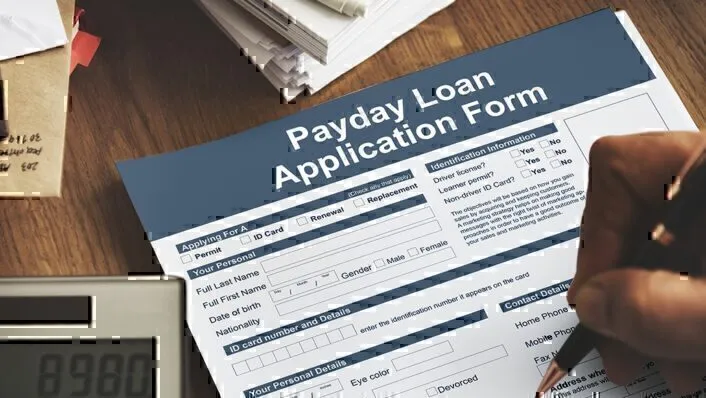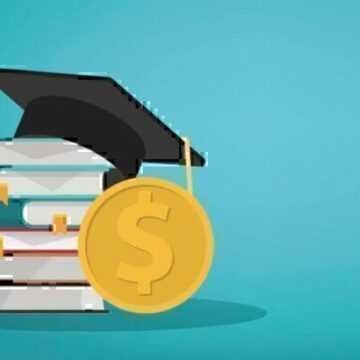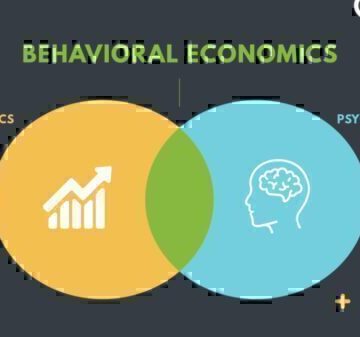Many people are looking for options to help manage rising prices and financial uncertainties.
Payday loans might be something people hear a lot about, given the amount of advertising and promotions the companies often do.
Before exploring further, see the list below of the key things to consider when it comes to payday loans.
What are payday loans and why are they used?
According to a report by the Federal Reserve Board, roughly 44% of Americans don’t have cash on hand to manage an unexpected $400 emergency. When an unexpected, significant expense pops up, people may look to payday loans to foot the bill.
The Consumer Financial Protection Bureau describes a payday loan as a short-term, high-cost loan, generally for $500 or less, that is typically due on the next payday. Depending on state law, payday loans may be available through storefront payday lenders or online.
A borrower’s ability to repay the loan while meeting other financial obligations is generally not considered as a factor in a payday lender’s decision to extend a loan.
What do borrowers need to know about payday loans?
Borrowers should know that payday loans often come with very high fees and interest rates, which might lead to an overwhelming debt spiral for borrowers.
Payday Loans Facts & Figures
- About 12 million Americans take out payday loans each year.
- Payday loans are short-term, high-interest loans that range from $100 to $1,000, are often easy to get but are notorious for exorbitant fees. Interest rates could total 400% APR or more.
- Usually, the borrower writes a check payable to the lender for the amount borrowed plus fees and interest, or they authorize the lender to withdraw the loan amount plus fees electronically. The lender hands over the amount borrowed in cash and holds their check for a period of time (typically two weeks or until the borrower’s next payday).
- The borrower will need to have enough money in their account to cover the check when cashed. Loan and finance charges are paid in one lump sum. If there is not enough money in the account when the check is cashed, you may pay a bounced check fee or service charge. You may be requested to write a new check or take out a new loan, with additional fees.
- More than 80 percent of payday loans are followed by another loan within 14 days, leading to a hard-to-escape-cycle of one payday loan after another.
- Payday loans are often extended to high-risk borrowers, often African American and Latinx customers. These communities – particularly women of color – are often targeted by payday lenders. This practice has been cited as contributing to the racial wealth gap in the U.S.
GreenPath Financial Service
GreenPath, A Financial Resource
If you’re interested in building healthy financial habits, paying down debt, or saving for what matters most, take a look at these free financial tools.
If someone needs funds fast, what alternatives exist to payday loans?
Before obtaining an emergency loan like a payday loan, it’s important to examine alternatives such as:
- Explore credit union offerings, or other sources for more favorable interest loans.
- Use any available savings or emergency funds.
- Track spending and reduce spending in non-essential areas.
- Check for available resources and assistance that may be available with organizations such as 211.org, nonprofits, charities, or food banks that may be able to supplement household essentials. These organizations may also offer emergency funds or loans.
- Ask creditors or loan servicers for hardship assistance – forbearance, payment deferrals, skip- a-pay, or loan restructure options may be available.
Seek loans from family or friends. - Inquire about a paycheck advance from an employer.
- Look for additional income sources such as gig worker opportunities offered by the online portal Steady.
- Sell assets.
- Explore lending circles.
- If there is sizable equity in a home, carefully consider a Home Equity Line of Credit (HELOC) or cash-out refinance, or secured loan – if repayment is possible.
- A cash advance on a credit card can be a convenient way for borrowers to easily access money quickly. Carefully consider your options before pulling the trigger, however. Cash advances typically have a 3-12% higher APR than standard purchases, plus a transaction fee of 2-5% on the borrowed amount. This will likely affect a borrower’s credit score (credit utilization) and can balloon debt substantially, so pay the debt off as soon as possible.
No matter the situation, a caring counselor looks at the person’s entire financial picture and helps create a personalized plan.
If you are struggling to break free from the payday loan cycle, GreenPath’s Financial Wellness Experts can help you create a plan to get back on track.










